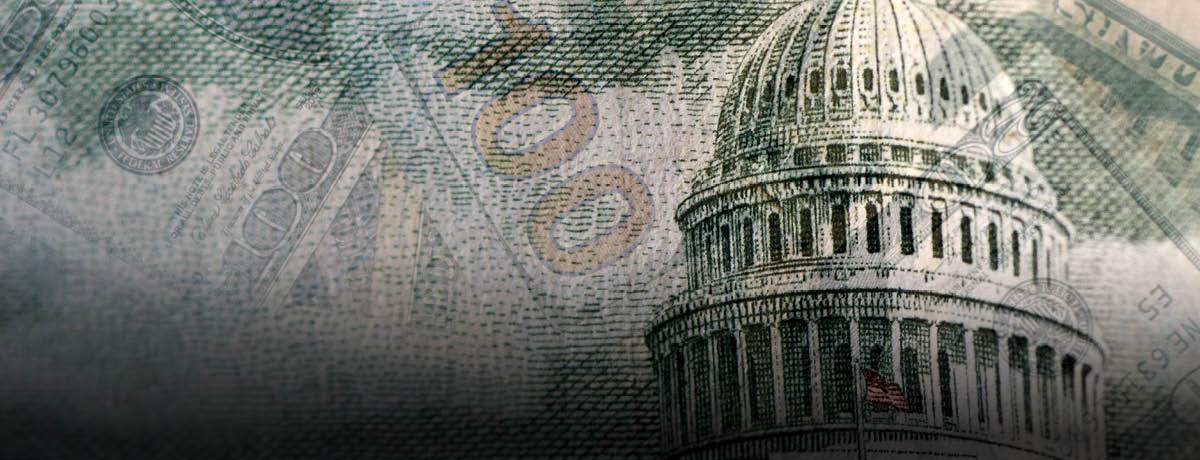Previously, the U.S. Department of Labor (DOL) released its Final Rule on September 24, 2019, updating the earnings requirements for exempt employees under the Fair Labor Standards Act (FLSA).
Now, the DOL has published another Final Rule (on 12/16/19) that may impact how overtime is determined for non-exempt (hourly) employees. Overtime pay is at least one and one-half times the regular rate for hours worked in excess of 40 hours per workweek. What is the regular rate? Hidden dangers abound in figuring regular rate of pay. For example, production bonuses provided at the end of the year should be included in the regular rate of pay for employees during the time frame in which the production bonus was earned AND for all overtime hours paid. The employer needs to pay the additional overtime premium on the new rate of pay (with the production bonus factored in).
What about other types of perks?
This Final Rule attempts to “provide clarity that allows employers to provide more benefits to their employees without unknown overtime consequences or litigation, and better reflect the 21st-century workplace.” The DOL confirms that employers may exclude the following from an employee’s regular rate of pay (i.e., not have to pay overtime on these benefits):
- the cost of providing certain parking benefits, wellness programs, onsite specialist treatment, gym access and fitness classes, employee discounts on retail goods and services, certain tuition benefits (whether paid to an employee, an education provider, or a student-loan program), and adoption assistance;
- payments for unused paid leave, including paid sick leave or paid time off;
- payments of certain penalties required under state and local scheduling laws;
- reimbursed expenses including cellphone plans, credentialing exam fees, organization membership dues, and travel, even if not incurred “solely” for the employer’s benefit; and clarifies that reimbursements that do not exceed the maximum travel reimbursement under the Federal Travel Regulation System or the optional IRS substantiation amounts for travel expenses are per se “reasonable payments”;
- certain sign-on bonuses and certain longevity bonuses;
- the cost of office coffee and snacks to employees as gifts;
- discretionary bonuses, by clarifying that the label given a bonus does not determine whether it is discretionary and providing additional examples; and
- contributions to benefit plans for accident, unemployment, legal services, or other events that could cause future financial hardship or expense.
BUT, beware of the bonus issue. As has always been the case, simply calling a bonus “discretionary” does not actually make a bonus discretionary and excluded from the regular rate.
The Final Rule also eliminates the restriction that “call-back” pay and other payments similar to call-back pay must be “infrequent and sporadic” to be excludable from an employee’s regular rate, while still requiring that such payments must not be prearranged. The DOL also updated its regulations on “basic rate,” which is authorized under section 7(g)(3) of the FLSA as an alternative to the regular rate under specific circumstances.
If you have questions about how the new rule may impact your business, please contact Ann Holden Kendell or any of our Employment & Labor Law Practice Group members for more information.
Find trusted legal counsel with the Best Lawyers Find a Lawyer tool and get the support you need.


















